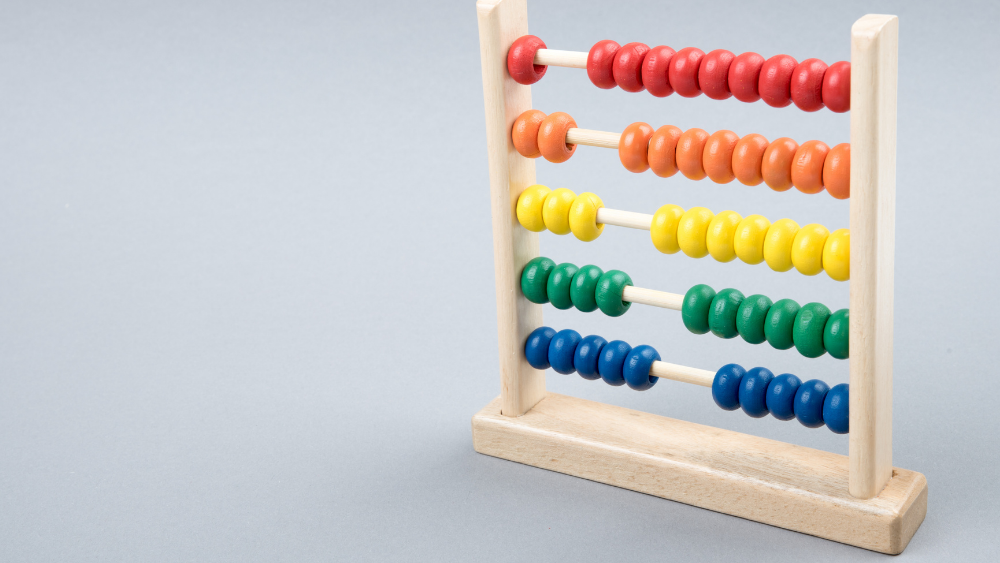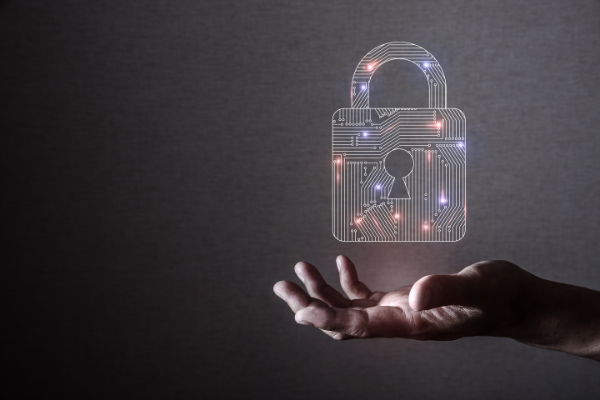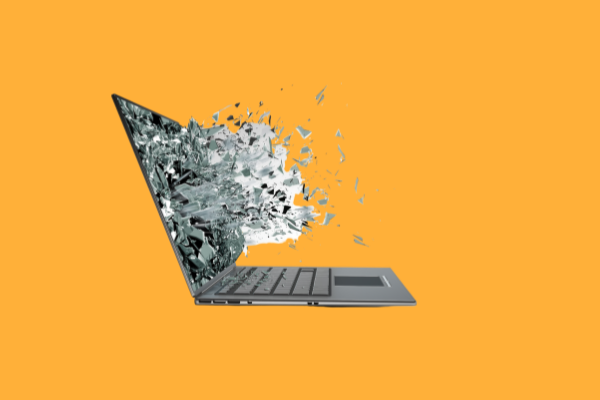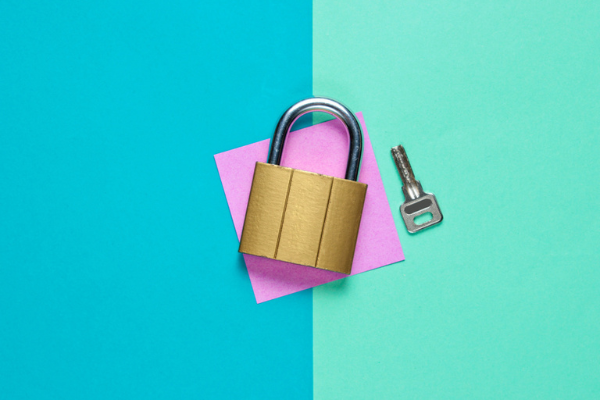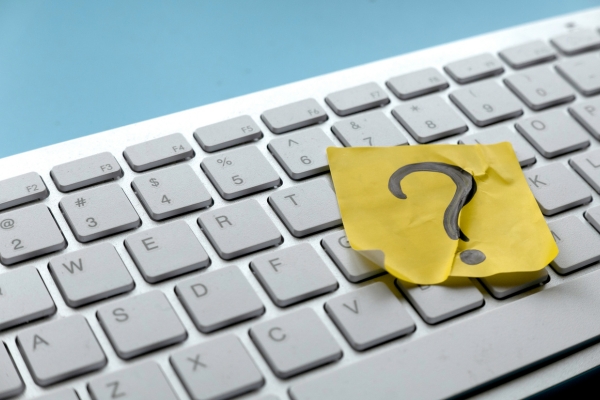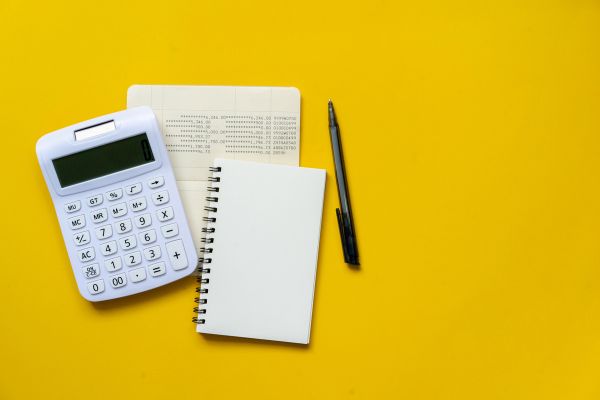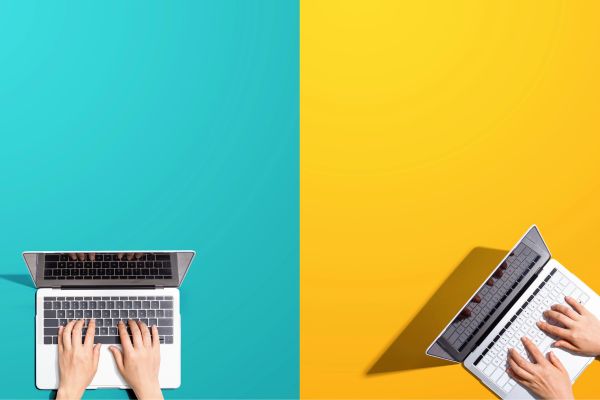Insights
INSIGHTS
All Topics
My Account
How to make accounting digital
28 Jan 2022by Paul Rubens
We explore how charities can digitise their accountancy
Making Tax Digital is a government program to make submitting tax returns easier and more efficient, and to help ensure that these returns are more accurate. The principal way that that these goals can be achieved is by “going paperless”:
avoiding the need to collect piles of VAT receipts and other important pieces of paper by using digital documents instead.
So “going paperless” is really another way of saying “going digital” – and should therefore be seen as part of many charities’ existing digital transformation projects.
An important part of this is making accounting digital. Think about this: charities are striving to become more data driven in everything that they do. By digitising paper records including invoices, expense receipts, and other financial documentation, these charities can unlock a valuable new source of data about their financial activities. And that’s not even to mention making accounting easier, more efficient, and more accurate.
So what does your charity need to do?
The first step is to identify which types of documents you want to target for going paperless. It’s not necessary to do everything at once, so you may decide to start with just a few categories such as expense receipts including bus or train tickets that your staff use in the course of their work, and invoices that your charity receives.
Once you have done this, the next stage is to split the documents into two categories: ones that arrive at your charity in digital form (this includes invoices that are emailed to you as Word or PDF documents), and ones that arrive as paper documents (such as invoices that are posted to your charity’s offices, and paper receipts which staff bring in after working out and about).
Digitising your paper documents
The good news is that the world is becoming increasingly digital, and that means more and more organisations are beginning to offer financial documents including invoices and receipts in digital form. But until this becomes universal you are going to have to convert your paper documents into digital ones if you want to go completely paperless.
There are two ways to digitise a document. The traditional way is to place the document in a scanner, where it held flat while a digital image of the document is produced under controlled lighting.
Scanners cost anything from about £50 for a basic one to a few hundred pounds for more fully featured ones with document feeders. Larger charities can also opt to outsource their scanning to a third party.
A more modern approach is simply to take a photograph of the document using a smartphone camera. The problems with this method are that unless the camera is held directly over the document its shape will be distorted, and unless the lighting is perfect the image will likely have shadows on it, making it harder to read.
The way around these problems is to use a document scanning app such as Adobe Scan or Abbyy FineReader PDF. This type of app can correct the shape distortion caused by photographing a document at an angle, as well removing shadows.
Scanning apps also have other useful features such as the ability to detect that edges of a document so only the document itself is captured, rather than including some of the surface that the document is resting on.
Many also have an “autoscan” feature” which will take a photograph automatically when the document’s edges have been identified. This makes it much easier for the user to hold the camera steady because they don’t have to press a button on the screen to take the photo.
Optical character recognition
Converting a paper document into an image is all very well, but the digital document is only useful if a computer can search the contents to find particular bits of information and copy and paste information from it.
Optical character recognition (OCR) software makes this possible by converting a scanned image into a standard format such as a Word document or Excel spreadsheet. Once in these formats it is easy to export the data they contain into accounting software or cloud based accounting services.
Many, but not all, smartphone-based document digitisation apps include OCR capabilities. A number of free OCR offerings exist, including FreeOCR and SimpleOCR. Popular commercial OCR software includes OmniPage Ultimate and Abbyy FineReader
Storing your digital documents
Just as your charity stored invoices, receipts, and other paper documents needed for accounting purposes in the past, it will need to store the digital documents somewhere secure where they can easily be accessed when needed.
Larger organisations may choose a dedicated document management system, but for most charities this will be unnecessary: all that’s needed is a process to be established to ensure that documents are stored securely in the correct place. This could be on users’ own computers, on a shared drive, or, ideally, in a storage space in the cloud.
The reasons that a cloud storage space is desirable are that it is likely to be accessible by all staff members who need to access it wherever they happen to be, and that management of the data, including backup and security arrangements, are handled by the cloud storage provider.
Digital accounting apps
If this process of scanning, OCR-ing and storing accounting documents sounds like a bore, then an easy way to make it simpler is to use an app that handles all parts of the process.
For example expense tracking apps allow charity staff to take a photograph of expense receipts, which can then be discarded. The apps automatically OCR the photograph, and the data from the receipt including the amount, date, and other information such as expense category, are automatically uploaded and stored in the cloud.
This data can then be analysed and downloaded into accounting software when required. Popular expense tracking apps include Expensify and Rydoo.
More on this topic
Recommended Products
14 Mar 2025by Laura Stanley
Quiz: Do you know how to prevent a cyber attack?Sponsored Article
14 Mar 2025by Laura Stanley
An A-Z glossary of digital inclusion terms and definitions
Our Events
Charity Digital Academy
Our courses aim, in just three hours, to enhance soft skills and hard skills, boost your knowledge of finance and artificial intelligence, and supercharge your digital capabilities. Check out some of the incredible options by clicking here.

